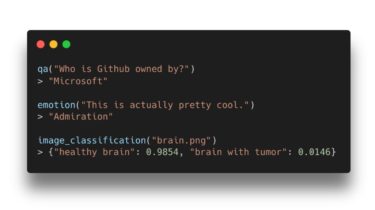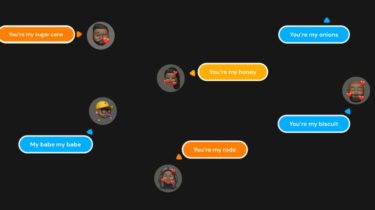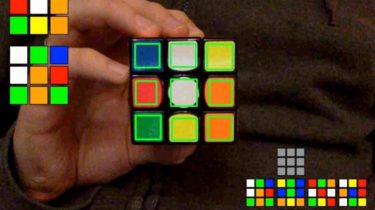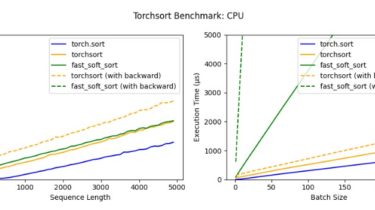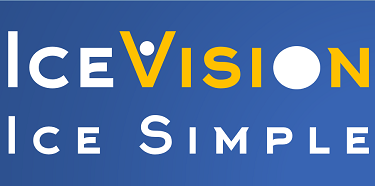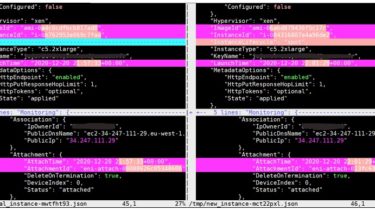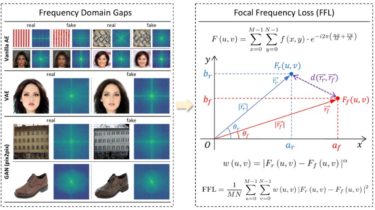The ctypes-based simple ImageMagick binding for Python
Wand Wand is a ctypes-based simple ImageMagick binding for Python, supporting 2.7, 3.3+, and PyPy. All functionalities of MagickWand API are implemented in Wand. You can install the package from PyPI by using pip: $ pip install Wand Or would you like to enjoy the bleeding edge? Check out the head revision of the source code from the GitHub repository: $ git clone git://github.com/emcconville/wand.git $ cd wand/ $ python setup.py install GitHub https://github.com/emcconville/wand
Read more

